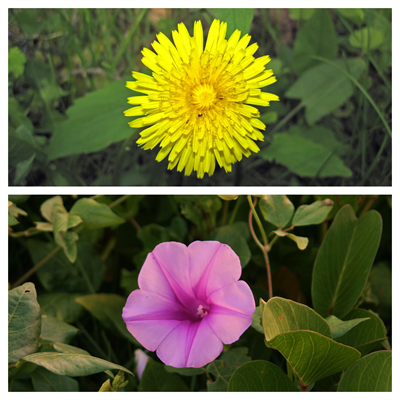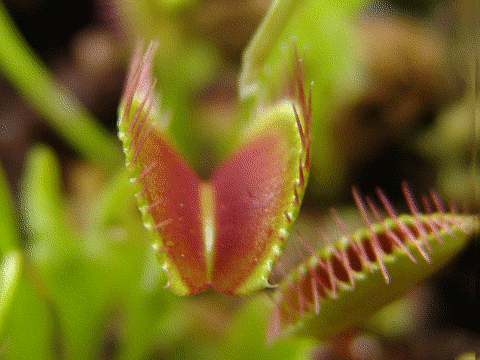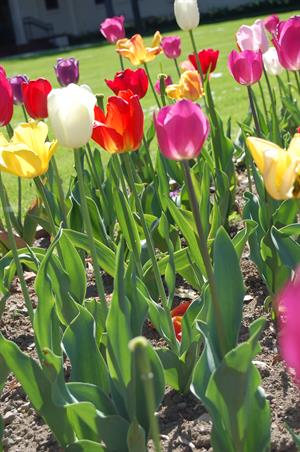
PUMPA - SMART LEARNING
எங்கள் ஆசிரியர்களுடன் 1-ஆன்-1 ஆலோசனை நேரத்தைப் பெறுங்கள். டாப்பர் ஆவதற்கு நாங்கள் பயிற்சி அளிப்போம்
Book Free DemoIt is a phenomenon that differs from tropism, as these are the responses are independent of the direction of the stimulus.
The non-directional movements of a plant or its part in response to the stimulus are known as nastic movements.
Based on the nature of stimuli, nastic movements are classified into the following types:
Photonasty:
Movement of the part of a plant in response to light irrespective of the direction of stimulus is known as photonasty.
Example:
Taraxacum officinale is a flower that blooms only in the morning in response to the sunlight and closes in the evening.
Ipomoea alba (Moonflower) opens in the night and closes during the day.

- Taraxacum officinale (Top), Ipomoea alba (Bottom)
Thigmonasty:
Movement or response of a part of the plant in response to touch irrespective of the direction of stimulus is known as thigmonasty or seismonasty.
Example:
The leaves of Mimosa pudica is an example of this, as these leaves fold and droop when touched.
Another spectacular example of thigmonasty is Venus Flytrap (Dionaea muscipula) it closes its leaf blades it when comes in contact with the insects. It is a plant that exhibits one of the fastest known nastic movement.

Thigmonasty by Venus flytrap (Dionaea muscipula)
Thermonasty:
The movement of part of plant in associated with change in temperature.
The blooming of tulip flowers due to the increase in temperature is an example.

Tulip flowers showing thermonasty
Differences between Tropic and Nastic movements:
Tropic movements | Nastic movements |
| It is an unidirectional response to the stimulus. | It is a non-directional response to the stimulus. |
These are growth-dependent movements. | These are growth-independent movements. |
| They are more or less permanent and are irreversible. | They are temporary and reversible. |
| These movements are found in all the plants. | They are found only in a few specialized plants. |
| These are slow actions. | These are immediate actions. |
Reference:
https://www.flickr.com/photos/rajapal/3423309238/
https://www.flickr.com/photos/jsjgeology/17336937302/in/photostream/
https://www.flickr.com/photos/caramand/3942541236
http://lifeofplant.blogspot.com/2011/03/nastic-movements.html